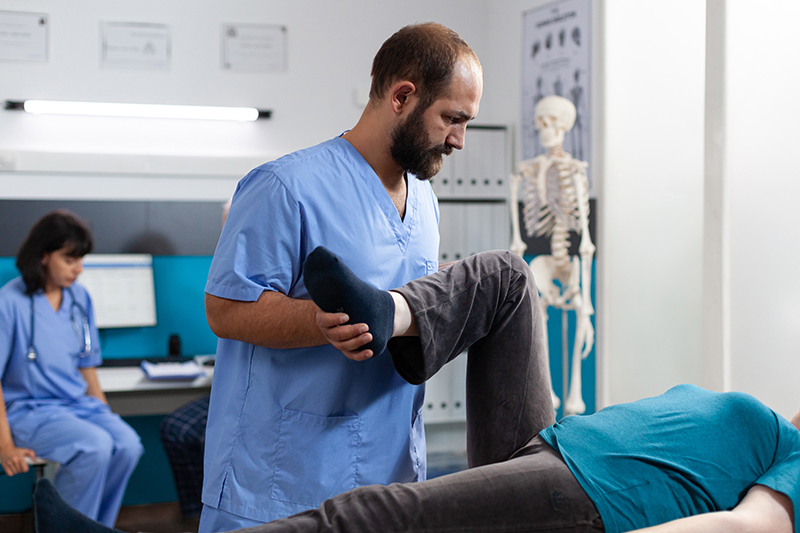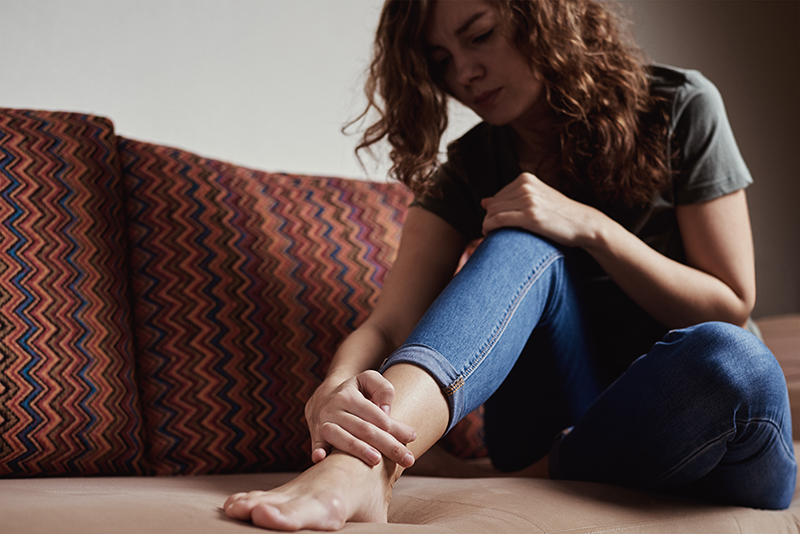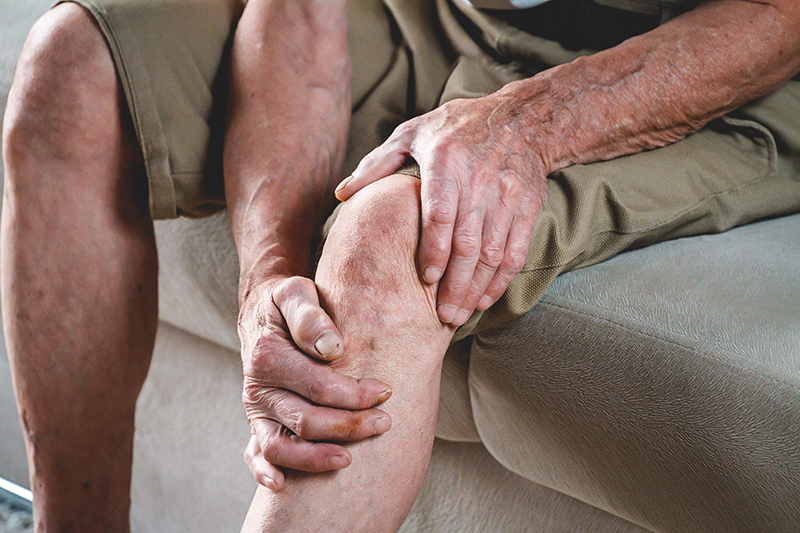Bio-degradable cards
Every card imaginable!
|
Bio-degradable cards Every card imaginable! Complex Regional Pain Syndrome CRPS Causes Treatment and Management in the UK
Understanding CRPS: Basics and Misconceptions
What is CRPS?Complex Regional Pain Syndrome (CRPS) is a condition that develops after an injury to a limb, such as a fracture, sprain, or surgery. What makes it different from normal post-injury pain is that the pain continues long after the injury has healed and is often much more intense than would be expected. People with CRPS can also notice changes in the affected limb, such as swelling, skin that is unusually hot or cold, color changes, or texture differences. The area may feel extremely sensitive, even to light touch. While the exact cause isn’t fully understood, researchers believe it involves the nervous system becoming overactive. Nerves in the affected limb send exaggerated pain signals to the brain, which may explain why simple movements or even gentle touch can feel agonizing. CRPS can also affect mobility and daily activities, making early recognition and treatment important.
Are CRPS and Fibromyalgia the same?No, they are not the same, even though both involve chronic pain. Fibromyalgia generally affects multiple parts of the body and is often linked with other issues such as fatigue, sleep problems, digestive issues, and difficulty concentrating—sometimes called “fibro fog.” CRPS, by contrast, usually appears in a single limb, like an arm or a leg, and the pain is often described as burning, throbbing, or stabbing. People with CRPS may also notice skin changes, swelling, and sensitivity to touch, along with potential movement difficulties in the affected area. While both conditions involve ongoing pain, the causes, symptoms, and treatment approaches are different.
Can acupuncture help CRPS?Acupuncture may help some people with CRPS, but results can vary from person to person. The treatment involves inserting very thin needles into specific points in the body, which may help reduce pain, improve circulation, and trigger the body to release natural pain-relieving chemicals called endorphins. Some patients find that acupuncture eases discomfort or helps them move more freely. However, it doesn’t work for everyone, and it should not replace conventional medical care. Instead, it can be considered as part of a wider treatment plan that might include medication, physical therapy, or other therapies recommended by a healthcare professional.
Will CRPS go away?CRPS affects people differently, and there’s no single answer. Some individuals experience significant improvement, especially if treatment starts early. In rare cases, the condition may completely resolve. However, CRPS can also become chronic, with pain and symptoms that fluctuate over time. Some people have periods of relief followed by flare-ups, while others may live with ongoing discomfort. Managing CRPS usually requires a combination of approaches, such as medication, physical therapy, and lifestyle adjustments, tailored to each person’s needs. Staying on top of treatment and working closely with healthcare providers can help reduce symptoms and improve quality of life.
The Complex Nature of CRPS Pain
Why is CRPS so painful?CRPS is known for causing intense, ongoing pain that can feel burning, throbbing, stabbing, or like pins and needles. What makes it particularly frustrating is that the pain is often much worse than the original injury that triggered it. This happens because the nervous system, which normally sends pain signals in response to real damage, becomes overactive. Both the nerves in the affected limb and the central nervous system (the brain and spinal cord) start amplifying signals, so even gentle touch, changes in temperature, or small movements can feel unbearable. In addition, inflammation, changes in blood flow, and chemical imbalances in the nerves may all contribute to the pain, making it difficult to predict or control.
What triggers CRPS?CRPS usually starts after some form of injury or trauma, like a fracture, sprain, or surgery. Surprisingly, the intensity of the injury doesn’t always match the severity of CRPS. In some cases, even minor procedures or injuries can trigger it. Experts aren’t entirely sure why some people develop CRPS while others with similar injuries do not, but it likely involves a combination of factors, including the nervous system overreacting to pain signals and the immune system creating abnormal inflammation. Stress, genetics, and the body’s natural healing responses may also play a role.
Is CRPS a disability in the UK?Yes, CRPS can be classed as a disability under the Equality Act 2010 if it substantially affects someone’s ability to carry out daily activities for 12 months or longer. This can include difficulty walking, using a hand, or completing basic tasks at home or work. Recognising CRPS as a disability can provide access to workplace adjustments, such as modified duties or flexible hours, and may make someone eligible for disability benefits. Each case is different, so the support available depends on how the condition affects day-to-day life.
What is the treatment for CRPS?There is no single treatment that works for everyone with CRPS, so care is usually tailored to the individual. Treatments often include medications to manage pain and inflammation, such as painkillers, antidepressants, anticonvulsants, or corticosteroids. Physical therapy is essential for keeping joints and muscles moving, preventing stiffness, and improving circulation. Occupational therapy can help adapt daily tasks so they are less painful or easier to do. In some cases, procedures like nerve blocks, spinal cord stimulators, or sympathectomy surgery may be considered. Psychological support is also important, as living with chronic pain can affect mood, sleep, and overall mental health. Combining these approaches can improve comfort, mobility, and quality of life over time.
CRPS: Identification and Visuals
What is the difference between RDS and CRPS?Reflex Sympathetic Dystrophy (RDS) is an older term that was used to describe what we now call CRPS Type I. This type develops without a confirmed nerve injury and accounts for most cases of CRPS. CRPS Type II, which used to be called causalgia, happens when there is a clear, identified nerve injury. The shift to using “CRPS” reflects a better understanding of the condition: not all cases involve the sympathetic nervous system, and the symptoms can vary widely. Using the updated terminology helps doctors and patients communicate more accurately about the condition and its treatment.
What does CRPS look like?CRPS can produce noticeable changes in the affected limb. Swelling is common, and the skin may change color, appearing red, blue, or pale. Temperature differences between limbs often occur, with one limb feeling unusually hot or cold compared to the other. Skin texture may become shiny, thin, or tight, and hair and nail growth can change—sometimes growing faster, sometimes slowing down or becoming brittle. In more advanced cases, muscles may weaken or shrink, and joints can stiffen, which can make movement difficult. These visible signs, combined with pain, are key indicators doctors use to identify CRPS.
What causes CRPS flare-ups?Flare-ups are periods when CRPS symptoms become noticeably worse. They can be triggered by physical factors, such as overusing the affected limb, sustaining a new injury, or even changes in weather or barometric pressure. Emotional stress can also intensify pain and make flare-ups more likely. Sometimes, flare-ups happen without an obvious trigger. Fluctuations in pain and other symptoms are a normal part of living with CRPS, and tracking triggers can help patients and healthcare providers manage and reduce their impact.
What are the stages of CRPS?Traditionally, CRPS has been described in three stages: acute, dystrophic, and atrophic. In the acute stage, the limb may feel intensely painful, swollen, stiff, and unusually warm, with rapid hair growth and noticeable skin color changes. During the dystrophic stage, pain may become more persistent, hair growth can slow, nails may become brittle, and skin changes continue. The atrophic stage is the most severe, with tight, glossy skin, muscle wasting, and joint stiffness or contractures that can limit movement. While not everyone progresses through all stages, early diagnosis and treatment are important to prevent long-term changes and preserve function.
Living with CRPS: Movement, Psychology, and Management
Should you keep moving with CRPS?Yes, keeping the affected limb moving is very important, even though it can be painful. Gentle, structured exercise helps maintain joint flexibility, supports circulation, and prevents muscles from weakening. Physical therapy often includes specific movements designed to gradually increase mobility while avoiding overexertion. Desensitization exercises, which involve slowly exposing the affected area to touch and different textures, can reduce hypersensitivity over time. Regular movement can also help prevent the condition from worsening and reduce the risk of long-term disability. The key is pacing activity and working closely with a healthcare professional to create a safe and effective exercise plan.
Is CRPS psychosomatic?No, CRPS is a real physical condition, not “all in the mind.” That said, living with chronic pain can affect mental health. Stress, anxiety, and depression can worsen pain perception and make symptoms harder to manage. Psychological support, including counselling or cognitive behavioural therapy (CBT), can help people cope with the emotional and practical challenges of CRPS. These approaches don’t treat the physical cause, but they can reduce the impact of pain on daily life and improve overall well-being, making it easier to follow physical therapy and other treatments.
Is CRPS neurological?Yes, CRPS is primarily a neurological condition. It happens because the nerves in the affected limb and the central nervous system (spinal cord and brain) send abnormal signals, which leads to persistent, sometimes severe pain. The nervous system essentially overreacts to even small stimuli, and in some cases, inflammation in the area may contribute to this heightened response. This explains why simple touch, temperature changes, or minor movement can trigger intense pain, and why treatments often focus on retraining or calming the nervous system alongside managing physical symptoms.
Is CRPS genetic?At this point, CRPS is not considered a strictly genetic condition. Research suggests that some people may have a genetic tendency that makes them more likely to develop CRPS after an injury, but genetics alone do not cause the condition. Environmental factors, the nature of the injury, and how the nervous and immune systems respond all play major roles. Scientists are still studying whether certain genes might increase susceptibility, but currently, there’s no way to predict CRPS based solely on family history.
Life with CRPS: How Medical ID Cards Can HelpLiving with Complex Regional Pain Syndrome often means dealing with unpredictable pain and other symptoms that can make everyday tasks more challenging. One practical way to make life a little easier is to have your medical information readily available, and medical ID cards are a simple, effective solution. CRPS medical ID cards clearly display key health details, including your condition, treatment requirements, and emergency contacts. In situations where symptoms flare or communication becomes difficult, having this information immediately accessible can save time and reduce stress for both you and anyone assisting you. Emergency responders or medical professionals can quickly understand your needs without delay, which can make a real difference in urgent situations. These cards aren’t just for emergencies. They also help in everyday life. For example, when participating in activities that might require accommodations or when explaining your condition to others, showing your card can make interactions smoother and less draining. It removes the need for long explanations when you may be in pain or experiencing limited mobility. The cards are made from biodegradable plastic, offering a practical and environmentally conscious option that won’t easily wear out. Carrying a CRPS medical ID card is a small step, but it can give peace of mind and make daily life more manageable. Having your vital health information on hand can help you focus on living your life rather than worrying about what might happen if a flare-up occurs.
© 2024 The Card Project Uk Ltd
VAT: 453 2087 06
|